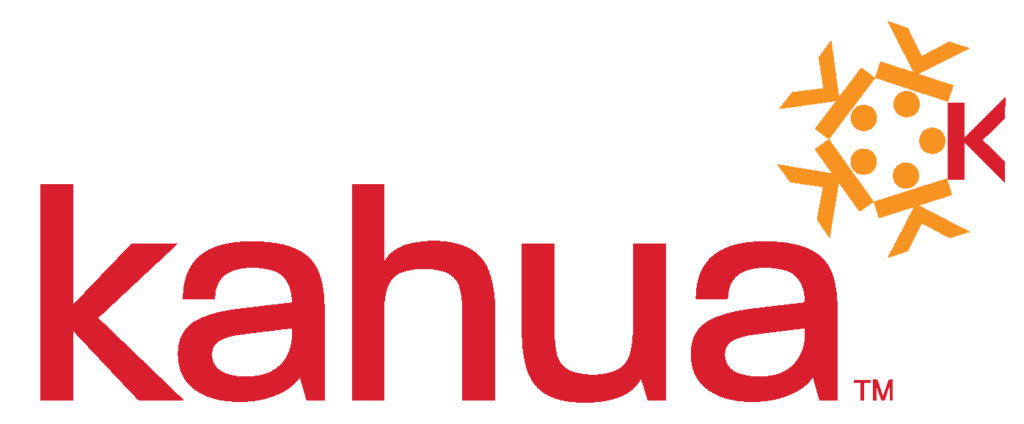Navigating the Fast Lane: 10 Must-Stops Along the Road to Modernization in Transportation Project Management
In the race against time and budget constraints, transportation agencies face an uphill battle in modernizing their infrastructure. Legacy systems, outdated processes, and siloed data can hinder progress, making it essential to explore the transformative power of digitization.
As you embark on the journey to modernize your transportation projects, here are 10 must-stops that promise to fuel progress and enhance efficiency.
1. STIP/TIP Management
State Transportation Improvement Programs (STIPs) demand meticulous coordination and management. Modernization in this area involves streamlining multi-year projects, accommodating modifications and ensuring efficient change management. A digital solution can facilitate tailored scenarios for funding, reflecting changes in project scope or cost, and simplify reporting processes for seamless communication among stakeholders.
2. Capital Planning
Effective capital planning is the bedrock of sustainable transportation projects. Modernization here requires tools that provide immediate, data-driven decision-making capabilities. Evaluate options that aggregate project views, determine feasibilities, and connect assets to the capital plan. A modern solution should empower you to develop programs, execute strategies, and ensure spatial awareness for optimal allocation of resources.
3. Funding
The diverse landscape of funding sources demands an agile system that can adapt to evolving rules and regulations. With a leading Project Management Information System (PMIS), categorize sources, control timing, implement budget rules and ensure compliance with reporting and audit requirements. A comprehensive view of funding, encompassing historical, real-time, and projected data, can be a game-changer in meeting reporting requirements and capitalizing on funding opportunities.
4. Permitting
Navigating the labyrinth of permits becomes seamless with digital tools. Identify mandatory permits, utilize GIS location tracking, and initiate permitting procedures for efficient project management. A modernized system enables you to fast-track shovel readiness, monitor milestone deadlines and provide stakeholders with clear permit information.
5. Interagency Coordination
Coordinating large-scale projects involving diverse teams and agencies requires transparent communication and data leverage. Mitigate budget constraints, enhance transparency, and optimize project delivery through effective data management. A modern PMIS facilitates communication planning, ensuring optimal accountability in project execution.
6. Security
In an era of rising cyber threats, prioritize security in your digitization efforts. Choose PMIS vendors with the highest security authorizations, train employees on phishing scams, and implement a comprehensive security plan. Continuous updates and third-party oversight are crucial to safeguarding construction data and maintaining public trust. Vendors who have achieved FedRAMP and StateRAMP authorization provide the greatest security.
Engage the public effectively by leveraging digital tools for outreach and communication. Provide trustworthy project data, foster informed public response, and encourage feedback to create a transportation infrastructure that aligns with community needs. Transparency builds trust and ensures public support for ongoing and future projects.
8. Portfolio Management
Legacy systems often hinder effective portfolio management. Look for modern solutions that offer top-down and bottom-up visibility. Hierarchically structured portfolio managers empower teams to group projects based on divisions, business units, programs and regions for streamlined analysis and quick access to vital details.
9. Environmental Compliance
Aligning projects with environmental regulations is simplified with the right technology. Streamline compliance by tracking sustainability scopes, environmental goals, and mandates for sustainable buildings. A modernized system reduces the time needed to compile and report compliance data, ensuring seamless sharing with stakeholders.
10. Asset Management
Asset centric project management is crucial for maintaining assets efficiently by tracking asset attributes, integrating with other solutions and planning for maintenance and enhancements seamlessly. An asset-centric approach ensures informed decision making throughout an asset's lifecycle, leading to more efficient use of maintenance budgets.
***
As you consider the most efficient and secure PMIS for your transportation projects, keep these ten essential factors in mind. Explore how Kahua excels in these areas, offering a comprehensive solution to create on-time, on-budget highways, bridges, and public transit systems. The road to modernization is within reach – embrace the transformation and drive progress in your transportation projects.
Read more about these Ten Must-Stops here.
***
UPCOMING WEBINAR
Kahua is partnering with GovTech and Campos Sage on Jan. 18 for a webinar exploring a custom solution designed specifically for transportation organizations to tackle the many challenges in this highly regulated industry. From services to track funding, creating transparency in Right of Way and Permitting, Kahua and Campos Sage have a solution tailormade for the Transportation Owner.
Save your seat today by registering for Smoother Roads Ahead: PMIS Insights for Transportation Projects.


